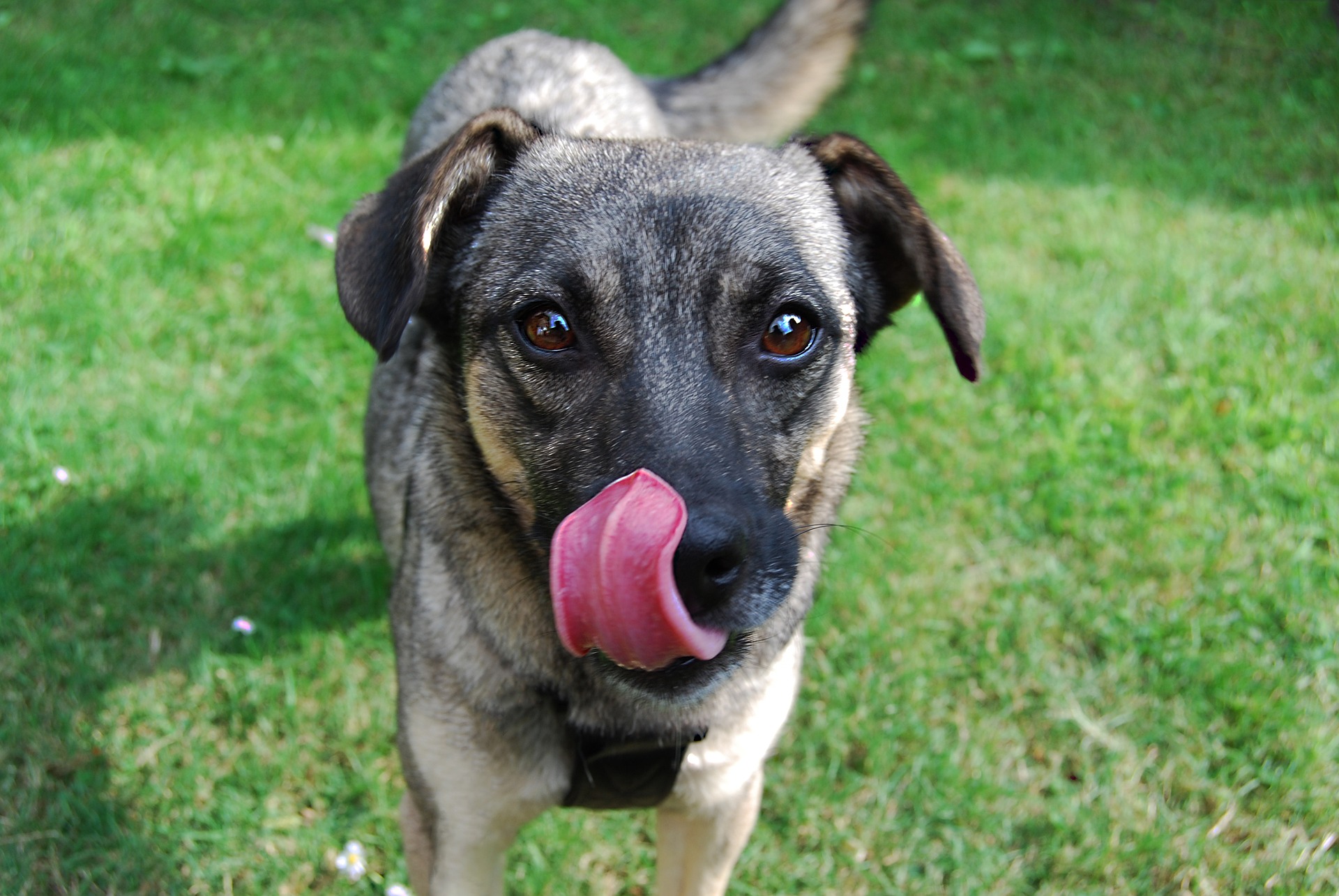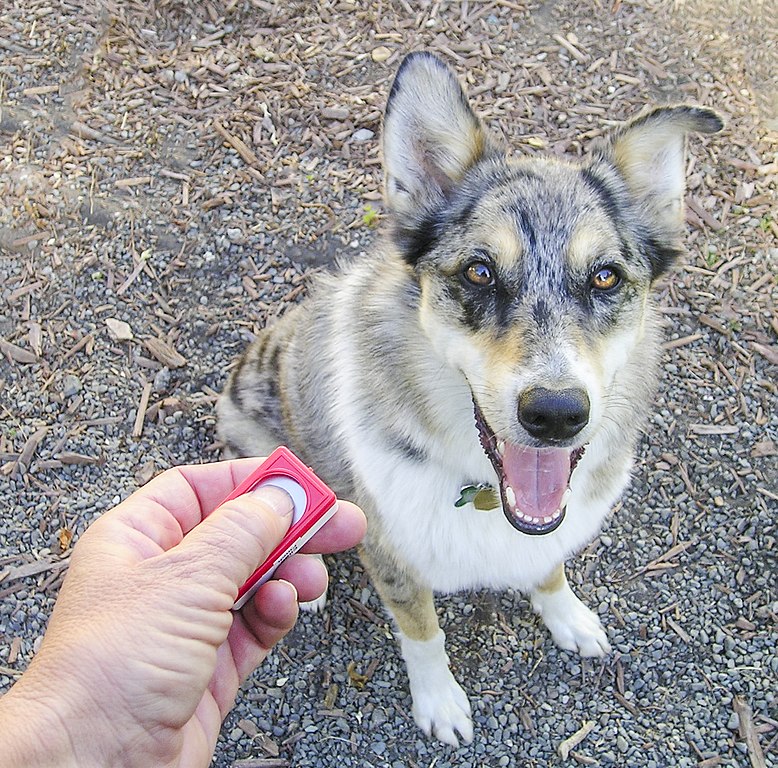
The bond between dogs and their owners is really strong, and they provide each other with unconditional love. Dog owners need to pay attention to the behavior of their beloved friends in order to ensure that they are in good physical and emotional health. Conditions like shaking and trembling may be caused by harmless factors like attention-seeking, but they can be signs of illnesses, anxiety, or disorders as well. It is important that owners constantly supervise the behavior of their dog partners in order to be able to determine eventual deviations from their standard behavior. Changes in the appetite, energy level as well as in urine consistency could be associated with disorders that your canine is suffering from.
If you notice that your fluffy friend is shaking, you may want to know the reasons for that and how to deal with them.
What May Cause a Dog to Shake?
Low Temperatures
Usually, our furry friends shake due to cold weather. Shaking or shivering are natural body responses to environmental conditions. The process of shaking leads to blood pumping which increases the body temperature. Small breeds like Pinschers and Chihuahuas, as well as breeds with thin coats like Dobermans, tend to get cold easily. These breeds are likely to shiver more in order to warm their body better.
Over-Excitement
Another reason why your canines are shaking might be their excitement. Shaking or shivering could be an expression of intense emotions like happiness and joy that your dog partner is currently experiencing. Usually, this kind of behavior naturally stops, when your fluffy friend calms down.
Stress, Anxiety, and Fear
Since some emotions might be beneficial for the emotional state of your dog, others like stress, anxiety and fear can quickly lead to shaking or trembling. Certain situations, places, or objects might be the stress triggers like fireworks (or other objects making extremely loud noises), veterinary clinics, places that you and your dog partner visit on a daily basis during walks….etc.
Muscle Weakness
Tremors in certain parts of the body accompanied by pain when you are trying to touch this area might be caused by muscle cramps or weakness. Longer exercises or more demanding physical tasks could lead to shaking/trembling. Similar to humans, when overloaded muscles in dogs can have involuntary contractions that lead to body shaking.
Injuries or Pain
You need to pay close attention to the body language of your dog partner, as shaking or trembling may be signs of illnesses or injuries. Conditions like hypoglycemia, distemper, brain inflammation, stomach illnesses, kidney or seizure disorders could be related to trembling symptoms.
Generalized Tremor Syndrome (GTS)
“Tremors are involuntary, repetitive, rhythmic, oscillating contractions of antagonistic muscle groups. They are generally characterized by rate, rhythm and movement type and may be localized to one area or involve the entire body”. This syndrome was noticed first in small and white breeds, but it can be seen among dogs of any breed, color or size.
Seizure Disorders
Trembling and shaking are usually conditions different from seizures. Seizure symptoms are associated with muscle breakdown and mobility loss. When experiencing a seizure the ability of humans as well as dogs to perceive their surroundings is impaired. If you are wondering if your dog partner is experiencing shaking or collapsing as a seizure symptom, this could be caused by epilepsy or neurological illnesses, bacterial or viral infections, or low blood sugar levels. More serious reasons could be a brain disease or metabolic disorder. Most dangerous are seizure disorders, caused by chromosomal malformations.
Poisoning
Substances containing toxins like xylitol, cigarettes, and chocolate that are non-toxic to humans, can be extremely dangerous for dogs. Toxin ingestion may be associated with shaking or seizing.
Arthritis or Joint Disorders
Usually, arthritis symptoms like joint pain or stiffness are likely to occur when your dog partner is getting old. Leg muscles become weak and body shaking/tremors could be symptoms of arthritis.
Once you figure out the reason that causes conditions like shaking/trembling/shivering in your dog partner, you may want to know what kind of actions you need to take.
What to Do When Your Dog Is Shaking
As mentioned above shaking may be caused by harmless factors or to be a sign of a serious injury or disease. Depending on the reason you might be able to deal with the situation by yourself or may need to contact a veterinarian immediately.
When You Should Call a Veterinarian?
If you believe that your beloved friend is suffering from an illness or he/she is injured, you may want to call your veterinarian as quickly as possible. Usually sickness or disorders are accompanied by other symptoms related to changes in the dog’s behavior.
Some additional symptoms for distemper may be: fever, vomiting, lethargy, decreased appetite, eye/nasal discharge.
Additional symptoms for nausea may be: vomiting, lip-smacking, salivating, swallowing.
If your dog is older, and you notice that he/she starts shaking, it could be caused by swelling and tenderness of joints (arthritis). In this case we also recommend that you contact your veterinarian for help. Small dogs are deemed seniors at the age of 11 years, dogs of medium size are considered seniors at the age of 10 years and large breeds become seniors when they reach the age of 7 years.
If your dog is experiencing a seizure, we would also recommend that you call your vet, since it could be a symptom of a dangerous disease as mentioned in the first part of the article. Your veterinarian can run blood and physical tests in order to make a diagnosis. In case that your fluffy partner is experiencing continual series of seizures or one seizure that continues very long, this state may be related to “status epilepticus” (SE). This is a single seizure that lasts more than five minutes or two, or more seizures within a period of five minutes. Between the episodes, humans/dogs are unable to return to their normal state. This condition may cause brain damage or death if not treated on time.
We are happy to let you know that in most cases seizures can be handled with medication. However, a veterinarian consultation is always helpful and recommended.
Since the Generalized Tremor Syndrome (GTS) is thought to be an autoimmune disease, its appearance needs to be handled by a veterinarian.
You can prevent poisoning, by avoiding contact with substances toxic to your dog. If your dog partner has already swallowed a toxic substance you need to call your vet or to take your fluffy friend to a clinic a soon as possible.
When Can You Deal With Your Dog’s Shaking by Yourself?
If the behavior of your dog partner is not likely to deviate from its normal state and there are no additional symptoms, you might be able to handle the situation by yourself.
If the shaking is caused by stress or anxiety, you can remove or avoid the stress triggers. You can also use certain toys with a therapeutic effect or try redirecting the attention of your furry friend. You need to remember that dogs tend to sense the feelings and behavior changes of their owners, so that you may want to stay calm.
If you notice that your dog is suffering from severe anxiety, we would recommend that you contact your veterinarian so that he/she can prescribe medications.
You can determine if your fluffy partner is shaking due to cold weather when his/her body temperature has decreased immensely. In this case, you can use a blanket or a warm cloth and bring him/her into a warm room. There are many cute dog sweaters and jackets on the market that can help your canine not get cold.
In more serious cases, your dog might have hypothermia, and you may want to visit a veterinarian as soon as possible.
As dogs are likely to shake when they seek attention, you can handle this behavior without visiting a veterinarian. There are different approaches that can be applied- 1) you can ignore your canine until he/she calms down; 2) redirect his/her attention; 3) provide training or exercises so that he/she can reduce the excessive amount of energy.
Similar to the case listed above is when your dog is shaking due to over-excitement. You may need to encourage calm behavior with treats and praising and discourage the over-exited and disruptive behavior by keeping distance and not praising/rewarding your furry friend.










